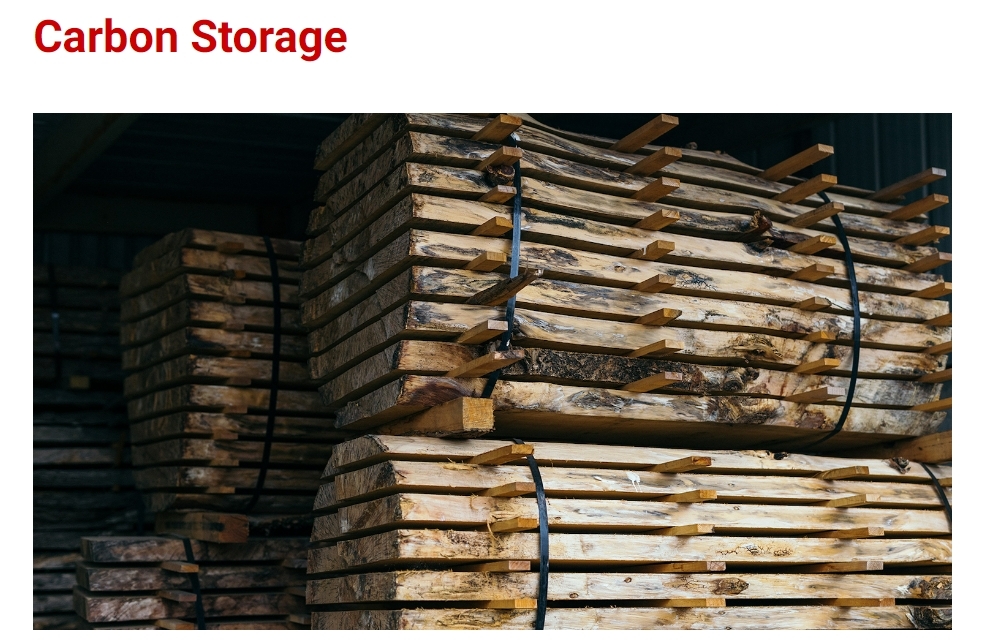 5 Benefits of Building with Cross-Laminated Timber
https://cnr.ncsu.edu/news/2022/08/5-benefits-cross-laminated-timber/
5 Benefits of Building with Cross-Laminated Timber
https://cnr.ncsu.edu/news/2022/08/5-benefits-cross-laminated-timber/
With construction accounting for nearly 40% of global carbon emissions — one of the primary drivers of human-induced climate change — designers, builders and other industry stakeholders are working to reduce their environmental footprint by integrating renewable materials and sustainable design into their projects.
Cross-laminated timber (CLT) is emerging as a popular material of choice for both residential and commercial structures across the United States. Originally developed in Europe in the 1990s, CLT is a wood product made of several layers of structural grade lumber that are arranged crosswise and glued together. CLT is unique in that it has a strength-to-weight ratio that’s comparable to concrete, despite being five-times lighter. Since 2015, when CLT was first incorporated into the International Building Code, the material has been used as a sustainable alternative to form walls, roofs, floors and even ceilings.
Steve Kelley, the Reuben B. Robertson Professor in the Department of Forest Biomaterials at NC State’s College of Natural Resources, recently partnered with the U.S. Forest Products Laboratory to examine the financial and environmental benefits — and costs — of using CLT in tall wood buildings. We spoke with Kelley, whose research focuses on the sustainable production of energy and materials from biomass, to learn more about the advantages of using CLT to construct houses and other structures — from fire resistance and seismic durability to carbon sequestration. Here’s what we found out:


snip
 = new reply since forum marked as read
= new reply since forum marked as read


